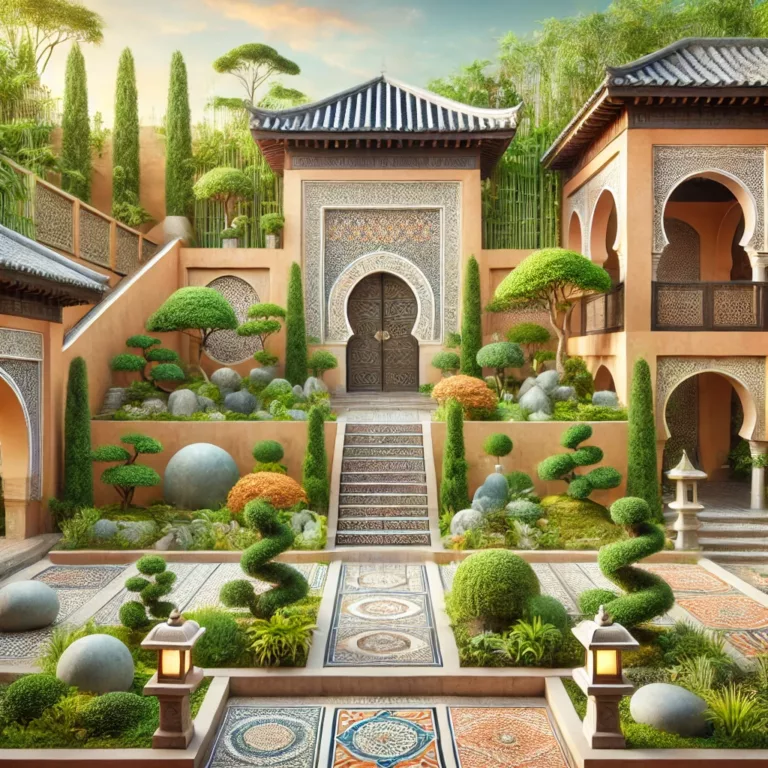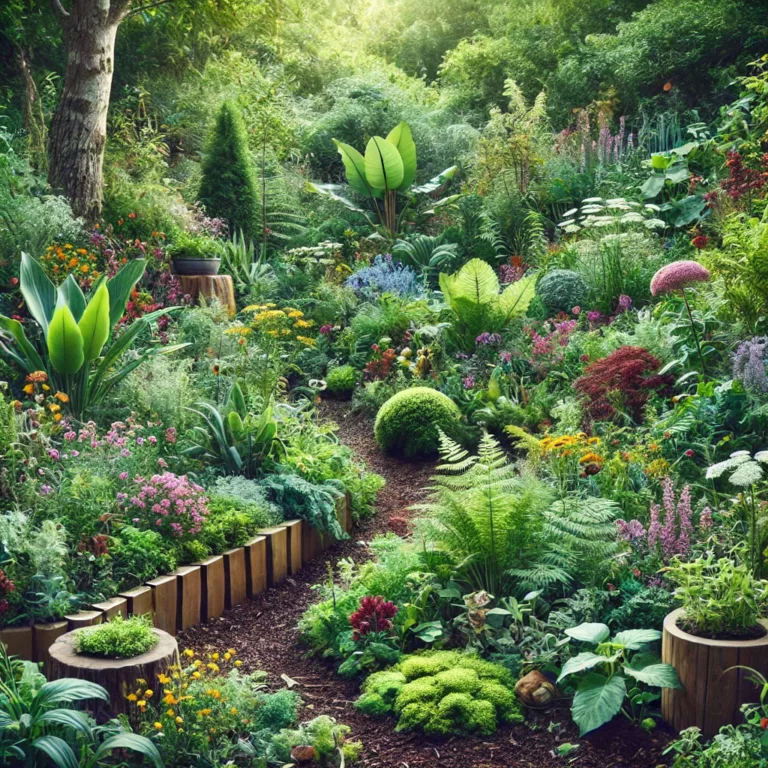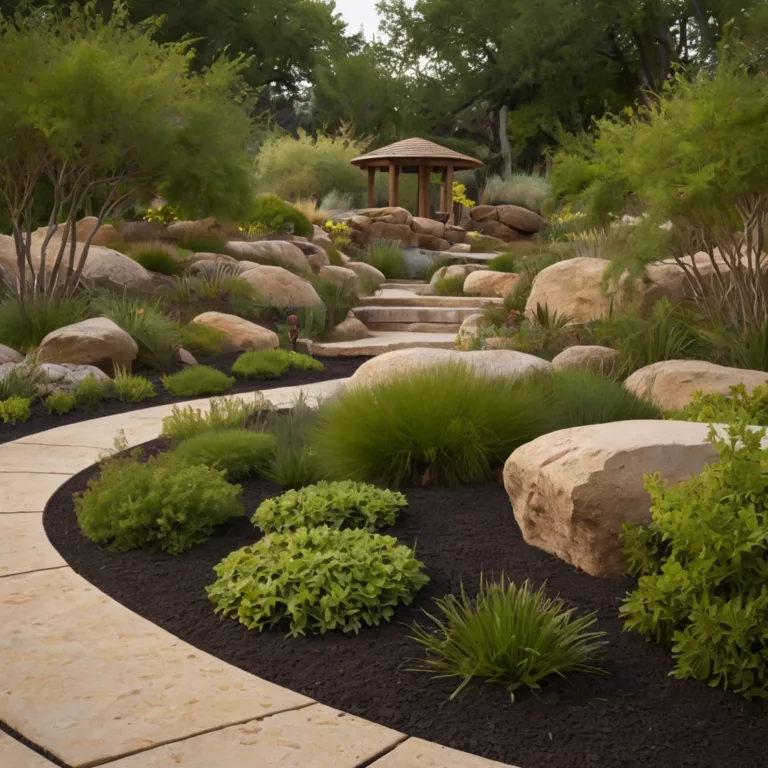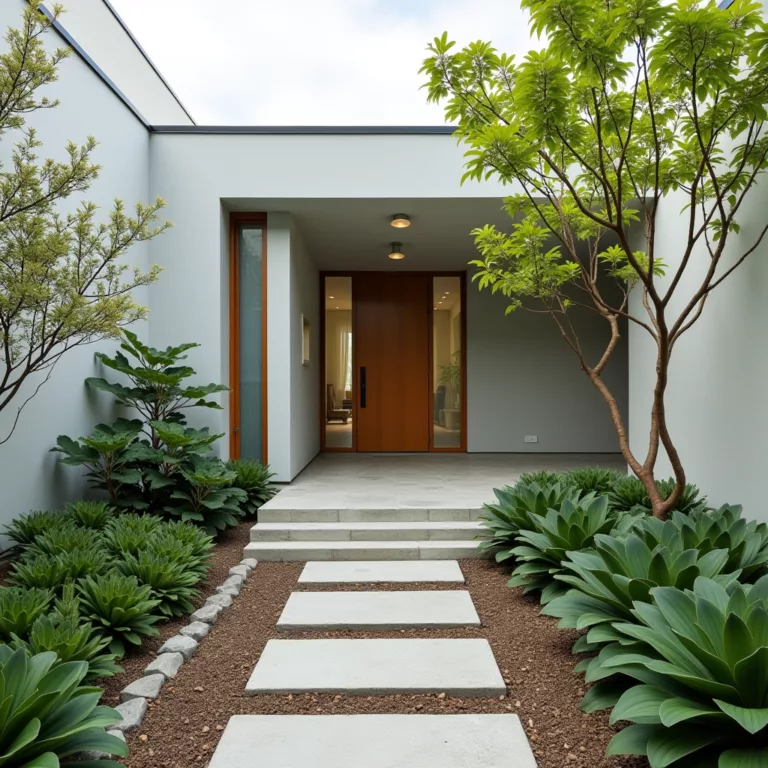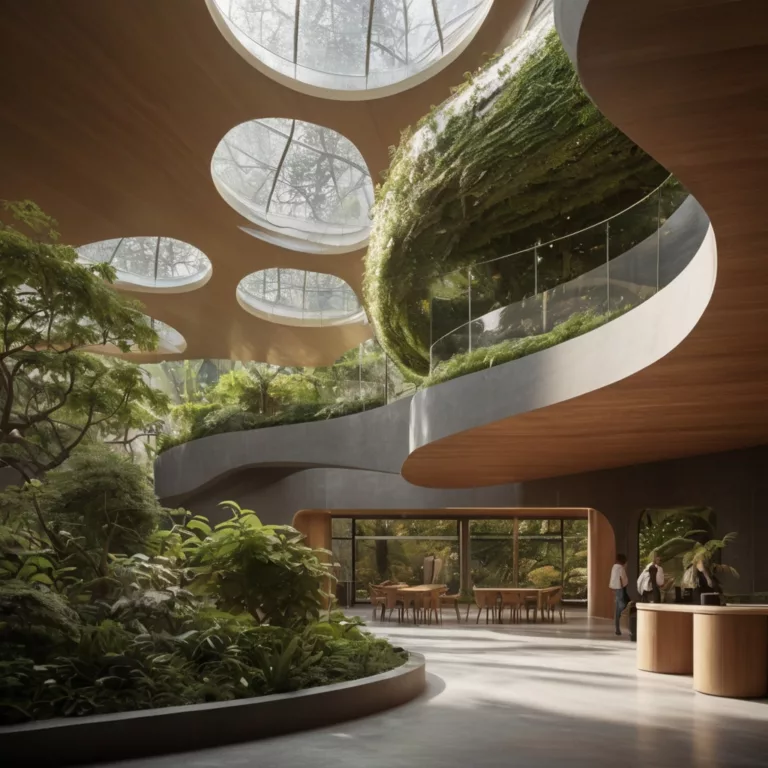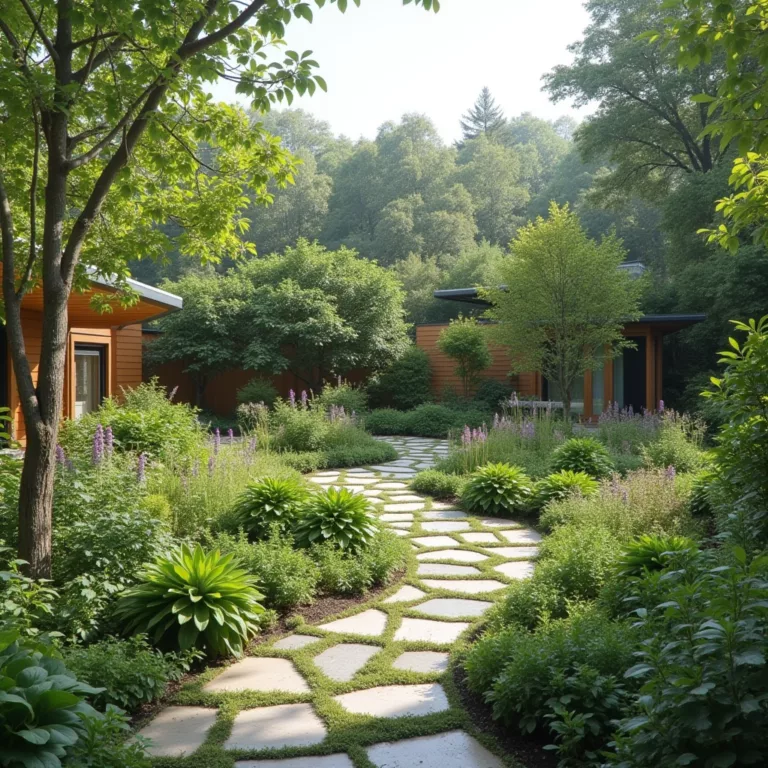Urban Oasis: Transforming City Spaces into Sustainable Green Havens
The Urban Green Revolution
In the concrete jungles of modern cities, where steel and glass dominate the landscape, a quiet revolution is taking place. Urban spaces are being reimagined, transformed from grey, lifeless environments into vibrant, green havens that breathe life, sustainability, and hope. This article explores the innovative techniques, challenges, and incredible potential of creating green spaces in urban environments.
The Urgent Need for Urban Green Spaces
Urbanization has dramatically reshaped our world. Today, over 55% of the global population lives in urban areas, a number expected to rise to 68% by 2050. This massive urban expansion comes with significant challenges:
- Decreased air quality
- Rising urban heat island effects
- Diminishing biodiversity
- Mental health challenges due to disconnection from nature
- Limited access to green recreational spaces
Innovative Techniques for Urban Green Transformation
1. Vertical Gardening: Reimagining Urban Surfaces
The Vertical Garden Concept
Vertical gardens are not just a design trend; they’re a sustainable solution to limited urban space. By transforming walls, facades, and even entire buildings into living, breathing green spaces, cities can:
- Increase urban green cover
- Improve air quality
- Reduce building energy consumption
- Create aesthetic and psychological benefits
Key Techniques:
- Modular green wall systems
- Hydroponic vertical gardening
- Self-sustaining vertical ecosystem design
Case Study: Singapore’s Green Vertical Revolution
Singapore’s Parkroyal on Pickering is a prime example of vertical gardening. The building features:
- Over 15,000 square meters of sky gardens
- Native plant species integrated into the building’s design
- Terraced landscapes that blend architecture with nature
2. Rooftop Gardens: The Untapped Urban Potential
Transforming Unused Spaces
Rooftops represent an enormous untapped potential for urban green spaces. By converting these typically unused areas into productive landscapes, cities can:
- Create urban agriculture zones
- Reduce building heat absorption
- Manage stormwater runoff
- Provide recreational spaces
Innovative Rooftop Garden Designs:
- Intensive rooftop gardens with deep soil layers
- Extensive green roofs with lightweight vegetation
- Rooftop urban farms and community gardens
Success Story: New York City’s Green Roof Movement
New York has implemented policies encouraging green roofs, resulting in:
- Over 730 green roof projects
- Estimated 1.2 million square feet of green roofs
- Significant reduction in urban heat island effect
3. Pocket Parks: Micro-Interventions, Macro Impact
Reimagining Small Urban Spaces
Pocket parks, or micro-parks, demonstrate that green spaces don’t require vast areas to make a significant impact. These small, strategic interventions can:
- Improve local microclimate
- Provide community gathering spaces
- Enhance mental well-being
- Increase urban biodiversity
Design Strategies:
- Modular and flexible park designs
- Multi-functional urban furniture
- Integration of local ecological systems
Example: Barcelona’s Superblocks
Barcelona’s superblock concept transforms entire urban blocks into pedestrian-friendly, green spaces, reducing car usage and increasing community interaction.
Addressing Challenges in Urban Green Space Design
1. Limited Space Constraints
Innovative Solutions:
- Lightweight, modular garden systems
- Hydroponics and aeroponics
- Vertical and multi-level gardening techniques
- Smart space optimization strategies
2. Maintenance and Sustainability
Key Considerations:
- Drought-resistant native plant species
- Automated irrigation systems
- Solar-powered maintenance technologies
- Community involvement in garden maintenance
3. Economic and Policy Challenges
Emerging Approaches:
- Green infrastructure incentives
- Public-private partnerships
- Community-led urban greening initiatives
- Tax benefits for sustainable urban design
Technological Innovations Driving Urban Green Spaces
1. IoT and Smart Gardening
- Sensor-based plant health monitoring
- Automated irrigation and climate control
- Real-time environmental data collection
2. AI and Predictive Design
- Optimizing plant selection for specific urban environments
- Predictive maintenance algorithms
- Urban microclimate modeling
3. Sustainable Materials and Technologies
- Recycled and eco-friendly gardening materials
- Carbon-negative construction techniques
- Biodegradable infrastructure components
The Psychological and Social Benefits
Mental Health and Well-being
- Stress reduction
- Improved cognitive function
- Enhanced community interaction
- Connection to nature in urban settings
Environmental and Climate Benefits
- Reduced urban heat island effect
- Improved air quality
- Increased urban biodiversity
- Carbon sequestration
Future Outlook: The Green Urban Transformation
The future of urban design is green, adaptive, and sustainable. As cities continue to grow, the integration of green spaces will become not just a luxury, but a necessity. Emerging trends include:
- Biomimetic urban design
- Living architecture
- Regenerative urban ecosystems
- Climate-adaptive city planning
Conclusion: A Call to Action
Transforming urban spaces into green havens is not just an environmental imperative but a social and psychological necessity. Every small intervention matters – from a single vertical garden to a community rooftop farm.
Key Takeaways:
- Urban green spaces are crucial for sustainable city development
- Innovative technologies are making green design more accessible
- Community involvement is key to successful urban greening
- Every urban space has the potential to become a green oasis
Final Thought
The city of the future is not a concrete jungle, but a living, breathing ecosystem where architecture, technology, and nature coexist in harmony.
Recommended Resources
- Books on Urban Gardening
- Sustainable Design Conferences
- Online Courses in Urban Green Design
- Local Urban Gardening Communities.
Art11deco


